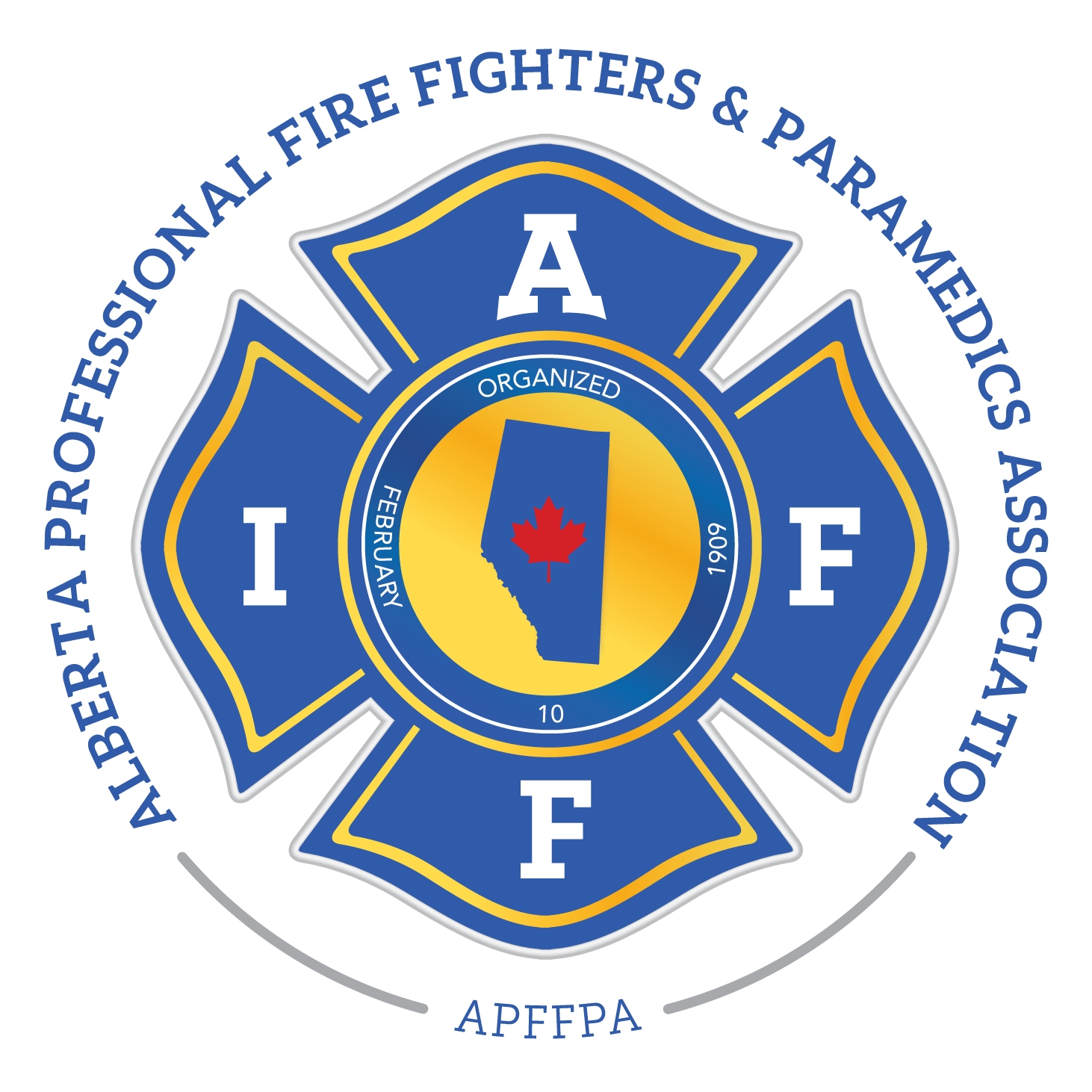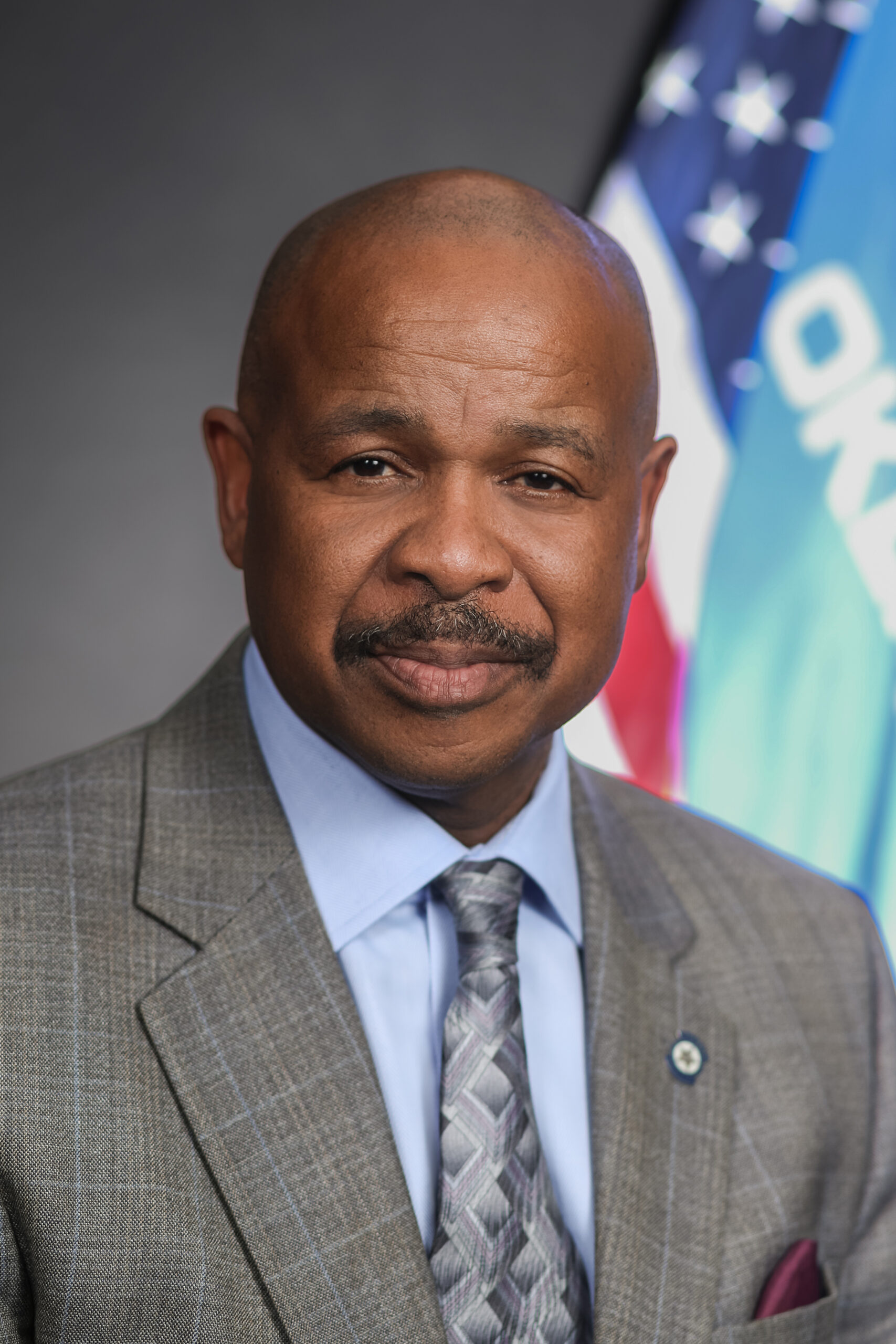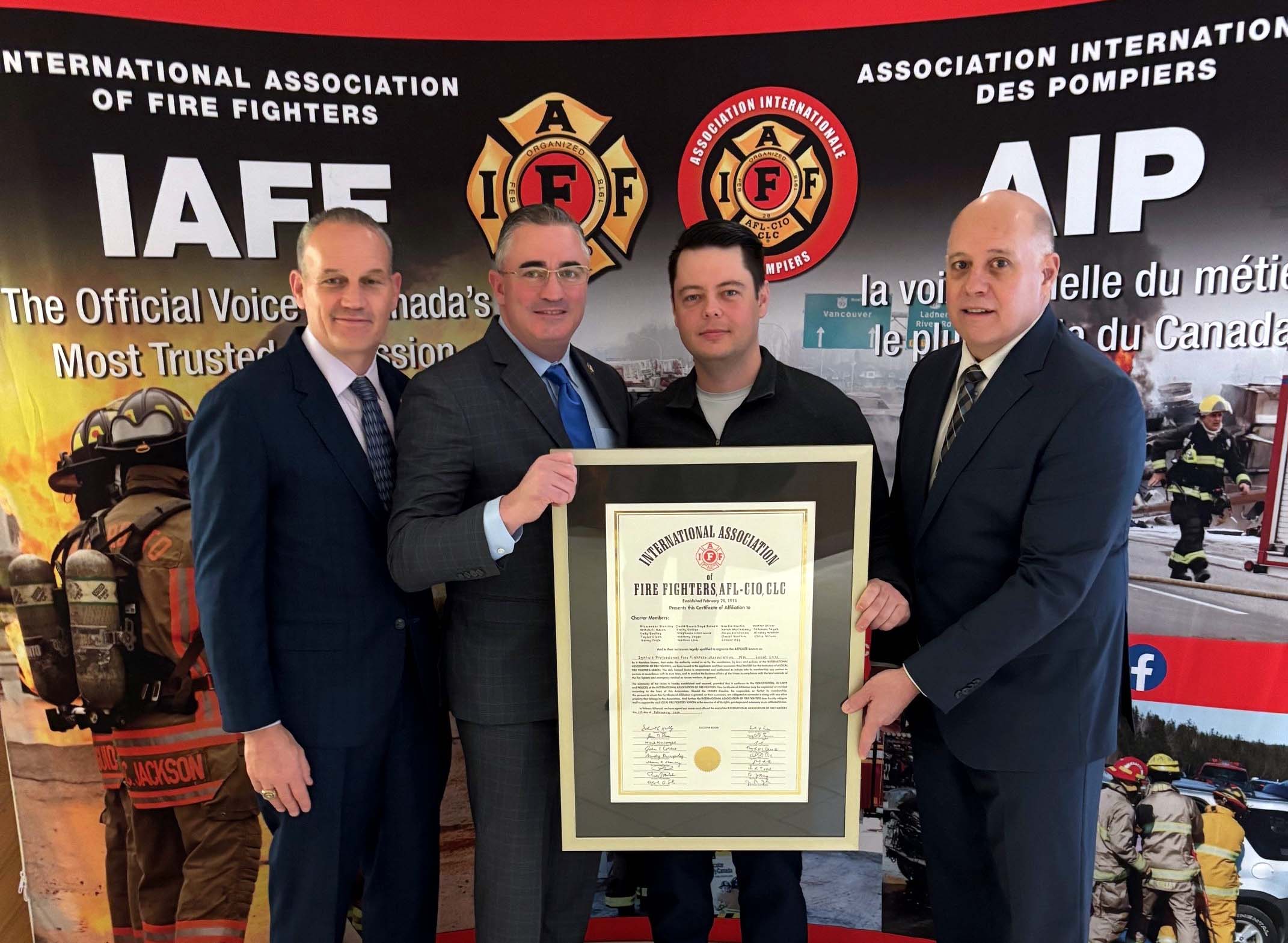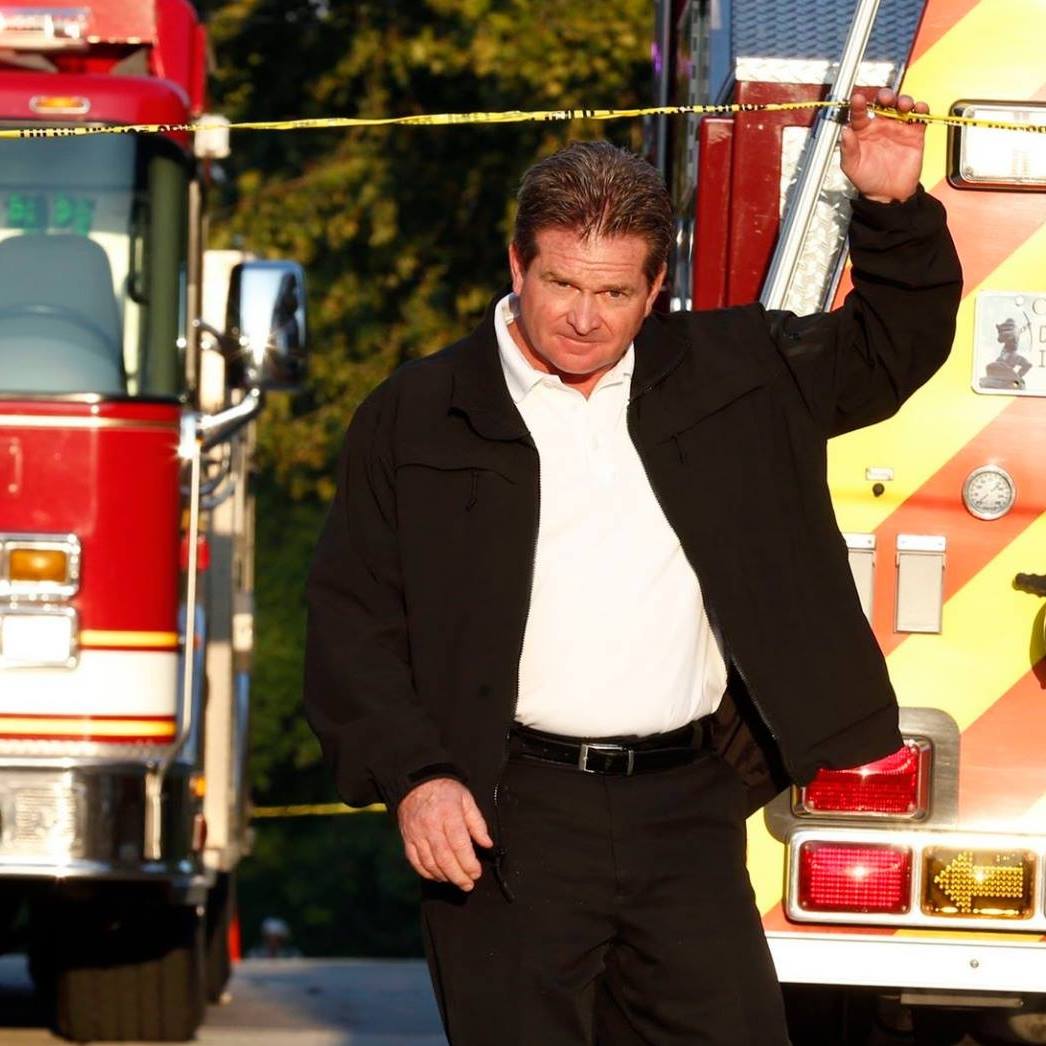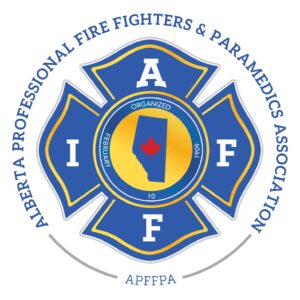
At their Convention in May, delegates voted to change the Alberta Fire Fighters Association’s name to Alberta Professional Fire Fighters & Paramedics Association (APFFPA), in recognition of several dual-mode integrated services that exist in the province. In fact, virtually all members perform medical duties.
“We’re extremely proud to have paramedics in our ranks who offer efficient and high-quality emergency medical care and have done so for a long time,” says APFFPA President Matt Osborne. “Our new name better reflects who we are as an association, and the range of emergency response skills our members actually provide to the people of Alberta.”
“The APFFPA has always represented our members regarding firefighting and emergency medical response. This name change will add clarity for decision-makers as to the breath of the representation the APFFPA conducts,” says 6th District Vice President Mike Carter. “I applaud the APFFPA’s continued efforts to ensure that all fire services within the province are properly resourced to maintain the high level of fire and EMS services. The IAFF will continue to work closely with Matt and the executive on these important initiatives.”
Using cross-trained fire fighter-paramedics to deliver fire, rescue and EMS in the same department is not a new initiative. Lethbridge, Alberta has used this model since 1912, making it the U.S. and Canada’s oldest dual-mode system.
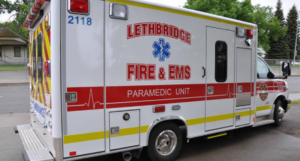
A majority of the Alberta IAFF members working in dual-mode integrated systems are trained as advanced care paramedics (ACPs), which is the highest category in the province. But in some cities, like Calgary and Edmonton, IAFF members assist with rapid medical response through the province’s Medical First Responder (MFR) program, which sets provincial standards for the medical skills they can use in the field and how they coordinate with the overall EMS system.
Like many other provinces, Alberta is experiencing serious EMS resource issues that are impacting response times and patient care.
“EMS is in a crisis in Alberta because there aren’t enough ambulances and paramedics. We see ambulance waits over two hours in some situations,’ says Osborne. “So what’s happening is fire medical response is playing a significant role because we’re spending a lot more time on scene, which really emphasizes the need for a high level of medical care within the fire service. But this also stretches fire-rescue resources.”
Osborne says the situation is difficult and something needs to be done. One way the APFFPA is working toward a solution is by joining the Alberta EMS Provincial Advisory Committee (AEPAC), a joint stakeholder group created by the Minister of Health that works to identify short- term, medium-term and long-term solutions to the province’s EMS resource problems.
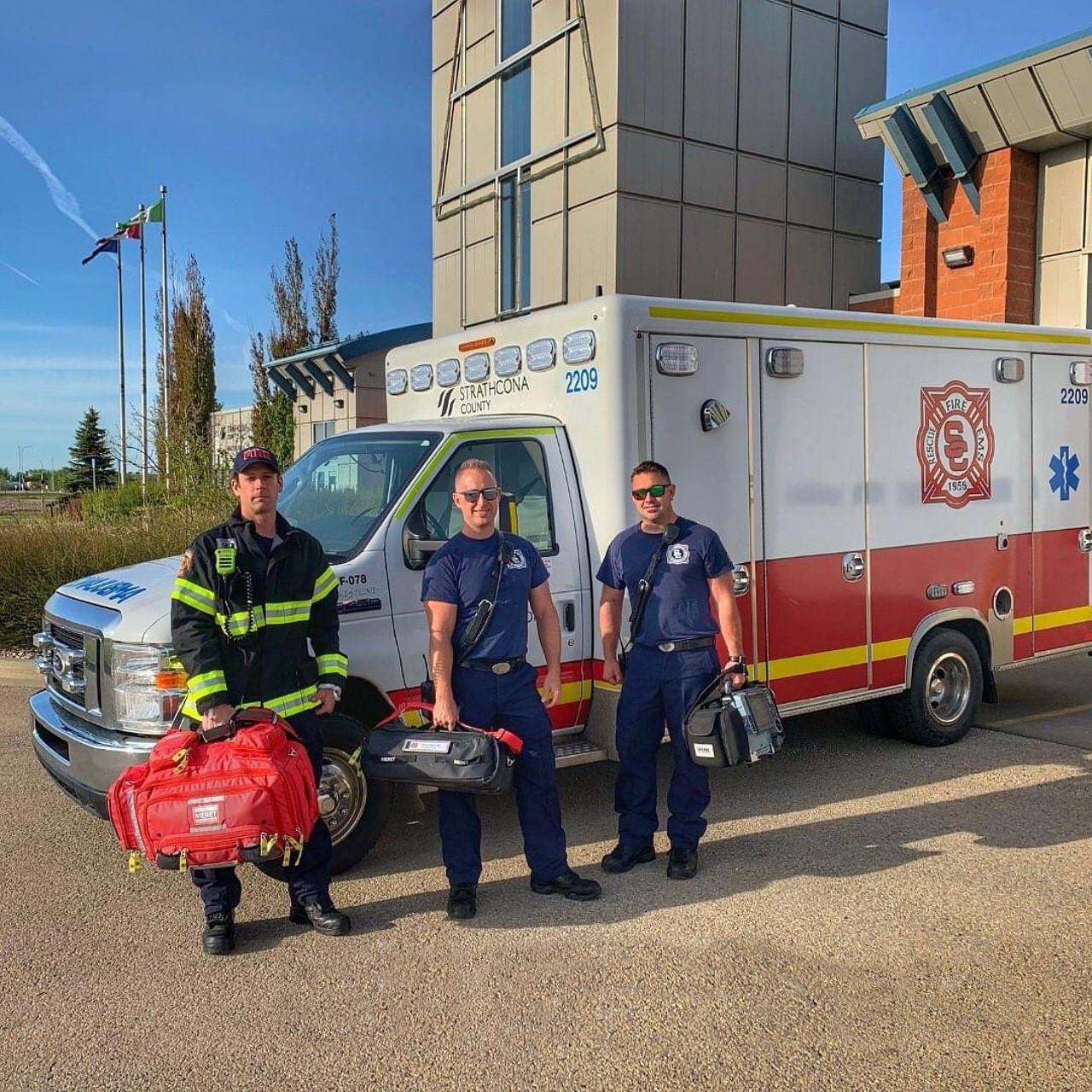
In May, the Alberta Government did heed AEPAC recommendations and implemented 10 initial short-term proposals including a “Community Response Unit” pilot project in Strathcona County, a project that will allow firefighter-paramedics in Spruce Grove to attend ambulance calls and assist with transporting patients.
